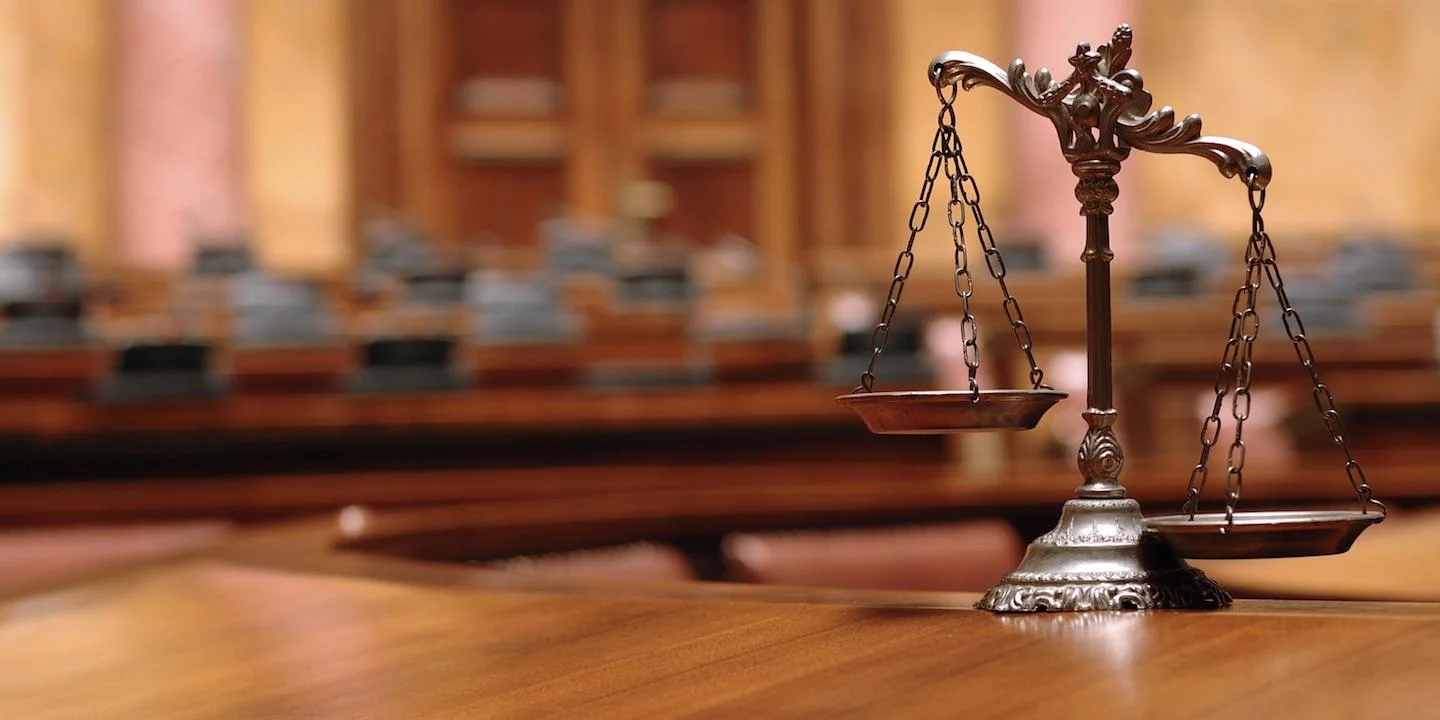TALLAHASSEE – A report from earlier this year by the Government Accountability Office highlighted the way Florida uses video to give its citizens access to the state’s judiciary.
The report, which examined the use of audio and video by federal appellate courts and the U.S. Supreme Court, explained how The Florida Channel, a state-funded organization housed in the state Capitol and run by WFSU-TV, broadcasts live and tape-delayed gavel-to-gavel coverage of oral arguments before the state’s Supreme Court. Those broadcasts, along with coverage of the legislative and executive branches of government, help citizens better understand what their government is doing, according to Beth Switzer, executive director of The Florida Channel.
“Our mission is to make Florida's state government as transparent as possible,” Switzer told the Florida Record.
For nearly 20 years now, the channel has been covering the state’s legislative session. Coverage of oral arguments before the Florida Supreme Court, which was contracted out to WFSU, started in 1997, the same year that WFSU assumed responsibility for the Florida Channel. In 2002 the channel started a 24/7 broadcast schedule, and a few years ago, the channel began broadcasting and streaming every legislative committee meeting.
“It's all kind of grown incrementally over the years,” Switzer said.
The GAO report looked at the varying policies about audio and video coverage at the state level and found that most state supreme courts allow audio and video recording of the oral arguments and most post audio or audio and video online. The Florida Channel was singled out because of the unique partnership between the judiciary, WFSU and the channel. WFSU provides a live feed to other media organizations, for example, and The Florida Channel only shows complete, un-edited coverage of the oral arguments.
The fact that full video is available makes the process more accessible, Switzer said, and it also helps to ensure that citizens watching the coverage understand the process more fully. She said having gavel-to-gavel video gives citizens access to auditory and visual cues that a transcript couldn’t match, for example.
“Those auditory and visual cues are critical to one's understanding of the complete event,” Switzer said. “I don't think you can overstate the importance of those auditory and visual cues in giving a full understanding of the context.”
All of the channel’s coverage of oral arguments, committee hearings and the legislative floor session are aired unedited. That gives viewers a more complete picture of what’s happening across all three of the highest branches of state government.
Other states are undertaking similar initiatives, she said, and she hopes that eventually citizens in every state will have access to coverage of state government and the federal court system. In the meantime, she’s proud of what the channel has accomplished and pleased the GAO highlighted it.
“We appreciate the recognition of the importance of what we do,” she said. “We provide access that citizens might not otherwise have so they can understand what happens at the state capitol.”
